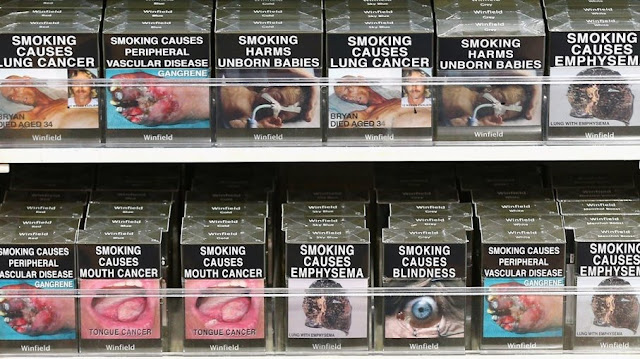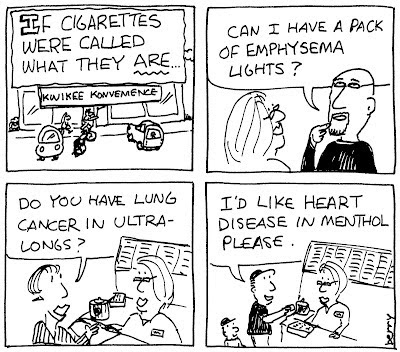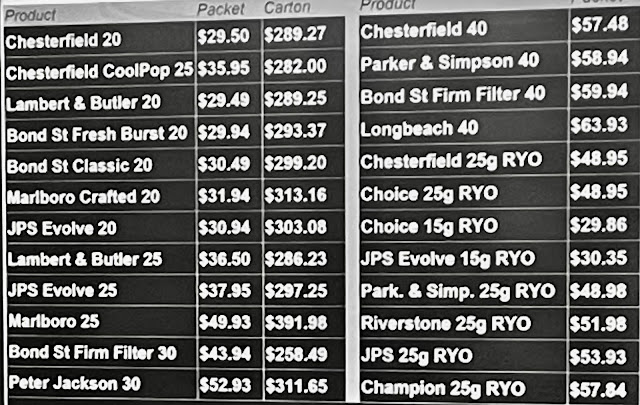Spoiler Alert - Aussies lawyers wear wigs in court!
 |
| A barristers wig. |
The Australian legal system is different than in the US.
In Australia, lawyers are called solicitors.
When seeking legal advice, they are the first to be contacted.
They hold a law degree and a license to practice law.
However, they do not have to take the standardized bar examination.
On the other hand, a barrister has all of the credentials of a solicitor, plus they must sit and pass the bar.
In Australia, barristers are the only lawyers allowed to argue on behalf of clients in a court of law.

Barrister vs. Solicitor
My son-in-law, a barrister, invited me to the courtroom to observe him present a case.

I was thrilled to see first-hand the Australian legal system at work.
I arrived in the courtroom just minutes before the judge.
As I looked around the room, I spotted him and a row of other men sitting in the front of the courtroom, wearing wigs (peruke) atop their heads.
Seeing lawyers in wigs was like stepping back to a time before I was born.
American attorneys and judges dumped wigs in the 19th century.
I felt like I was in Dorothy's Oz and had just landed down in Munchkinland.
Bench wigs consist of a frizz crown with four rows of seven curls in the back and two long strips of hair hanging below the hairline on the back of the neck.
Perukes are made from horsehair and can be coarse and stiff.
Wigs that look worn-out are associated with a barrister's years of court experience.
For that reason, some neophyte barristers will tousle wigs making them appear older, so others think they have more courtroom experience than they have.
Australian traditionalists believe wigs dignify the court by bringing a sense of formality and seriousness to the proceedings.
It also creates a cohesive courtroom environment.

Barrister wig - back view.
In addition to the wig, barristers also wear formal regalia, consisting of a robe, jacket, and jabot.
The robe adds gravitas and promotes a professional image and one of authority!
Like the robes of graduates differ depending upon the degree earned, a barrister's robe distinguishes senior barristers from juniors.

Barrister's jabot.

Barrister's regalia - back view.
Junior barristers wear robes made of wool, and Senior Counsel (SC) or Queens Counsel (QC) wear silk gowns.
Silks is the name given to a limited number of barristers who have demonstrated remarkable ability and achieved the status of Queens Counsel.
Silks are most likely to be appointed as judges.
I carefully observed everyone as they entered the courtroom.
Each person entering the court genuflected to the Commonwealth Coat of Arms, which hung prominently behind the judge's bench as a sign of respect.

Sydney courtroom.
An awe-inspiring and prestigious-looking symbol, it features the states of New South Wales, Victoria, Queensland, Tasmania, and South & Western Australia, which were united in 1901 when the country became a nation.
A kangaroo holds up the shield on the left, and an emu stands on the right - only in Australia!
To conduct day-to-day business, barristers rent or purchase personal office space called chambers which are executive-style rooms usually in high-rise buildings.
Chambers on higher floors are usually pricey and typically reserved for senior barristers.
As a tenant of a chamber, barristers have access to administrative staffers, law clerks, conference rooms, printing, copying, video-conferencing services, and other barristers.
The 'Office of the Judge' is the name given to a judge's chambers.
To meet a judge in his office is called to meet in camera.
I was thrilled to see first-hand the Australian legal system at work.
I arrived in the courtroom just minutes before the judge.
As I looked around the room, I spotted him and a row of other men sitting in the front of the courtroom, wearing wigs (peruke) atop their heads.
Seeing lawyers in wigs was like stepping back to a time before I was born.
American attorneys and judges dumped wigs in the 19th century.
I felt like I was in Dorothy's Oz and had just landed down in Munchkinland.
Bench wigs consist of a frizz crown with four rows of seven curls in the back and two long strips of hair hanging below the hairline on the back of the neck.
Perukes are made from horsehair and can be coarse and stiff.
Wigs that look worn-out are associated with a barrister's years of court experience.
For that reason, some neophyte barristers will tousle wigs making them appear older, so others think they have more courtroom experience than they have.
Australian traditionalists believe wigs dignify the court by bringing a sense of formality and seriousness to the proceedings.
It also creates a cohesive courtroom environment.
 |
| Barrister wig - back view. |
In addition to the wig, barristers also wear formal regalia, consisting of a robe, jacket, and jabot.
The robe adds gravitas and promotes a professional image and one of authority!
Like the robes of graduates differ depending upon the degree earned, a barrister's robe distinguishes senior barristers from juniors.
 |
| Barrister's jabot. |
 |
| Barrister's regalia - back view. |
Junior barristers wear robes made of wool, and Senior Counsel (SC) or Queens Counsel (QC) wear silk gowns.
Silks is the name given to a limited number of barristers who have demonstrated remarkable ability and achieved the status of Queens Counsel.
Silks are most likely to be appointed as judges.
I carefully observed everyone as they entered the courtroom.
Each person entering the court genuflected to the Commonwealth Coat of Arms, which hung prominently behind the judge's bench as a sign of respect.
 |
| Sydney courtroom. |
An awe-inspiring and prestigious-looking symbol, it features the states of New South Wales, Victoria, Queensland, Tasmania, and South & Western Australia, which were united in 1901 when the country became a nation.
A kangaroo holds up the shield on the left, and an emu stands on the right - only in Australia!
To conduct day-to-day business, barristers rent or purchase personal office space called chambers which are executive-style rooms usually in high-rise buildings.
As a tenant of a chamber, barristers have access to administrative staffers, law clerks, conference rooms, printing, copying, video-conferencing services, and other barristers.
The 'Office of the Judge' is the name given to a judge's chambers.
To meet a judge in his office is called to meet in camera.
Most barristers are self-employed and may charge a fixed, hourly, or conditional fee.
Payment may also be by arrangements.
If a solicitor and a barrister are on the case, the solicitor may include barrister fees in their initial retainer or final payment and pay the barrister for services directly.
Otherwise, a barrister may invoice the client.
Barristers are not permitted to have connections to partnerships or public companies if they owe an allegiance with them.

Richard Richard Roxburgh is the Australian actor who stars in Rake,
an Australian TV show about a misbehaved barrister. (I loved it!)
There are many rules of etiquette followed in an Australian courtroom,such as: - arriving on time
- sitting in the public seating areas in the back of the courtroom
- wearing clean and conservative clothing
- refraining from eating or drinking
- standing and sitting when directed
- behaving respectfully
- addressing the jury officer as, 'Your Honor'
Failure to follow the court rules can result in disciplinary actions such as being asked to leave the court, receiving a fine, or imprisonment for more serious offenses.
Since I was there by invitation from my son-in-law, I wasn't about to break any rules, have bad manners, or risk receiving a fine, so I genuflected, bowed, and kneeled to the code of arms on my way out the door.
Barristers are not permitted to have connections to partnerships or public companies if they owe an allegiance with them.
 |
| Richard Richard Roxburgh is the Australian actor who stars in Rake, an Australian TV show about a misbehaved barrister. (I loved it!) |
There are many rules of etiquette followed in an Australian courtroom,
such as:
- arriving on time
- sitting in the public seating areas in the back of the courtroom
- wearing clean and conservative clothing
- refraining from eating or drinking
- standing and sitting when directed
- behaving respectfully
- addressing the jury officer as, 'Your Honor'
Failure to follow the court rules can result in disciplinary actions such as being asked to leave the court, receiving a fine, or imprisonment for more serious offenses.
Since I was there by invitation from my son-in-law, I wasn't about to break any rules, have bad manners, or risk receiving a fine, so I genuflected, bowed, and kneeled to the code of arms on my way out the door.
Solicitors, barristers, & silks, oh my . . . .
Courtroom wigs . . .
Bowing in court . . .
I am NOT in Kansas!
Solicitors, barristers, & silks, oh my . . . .
Courtroom wigs . . .
Bowing in court . . .
I am NOT in Kansas!














